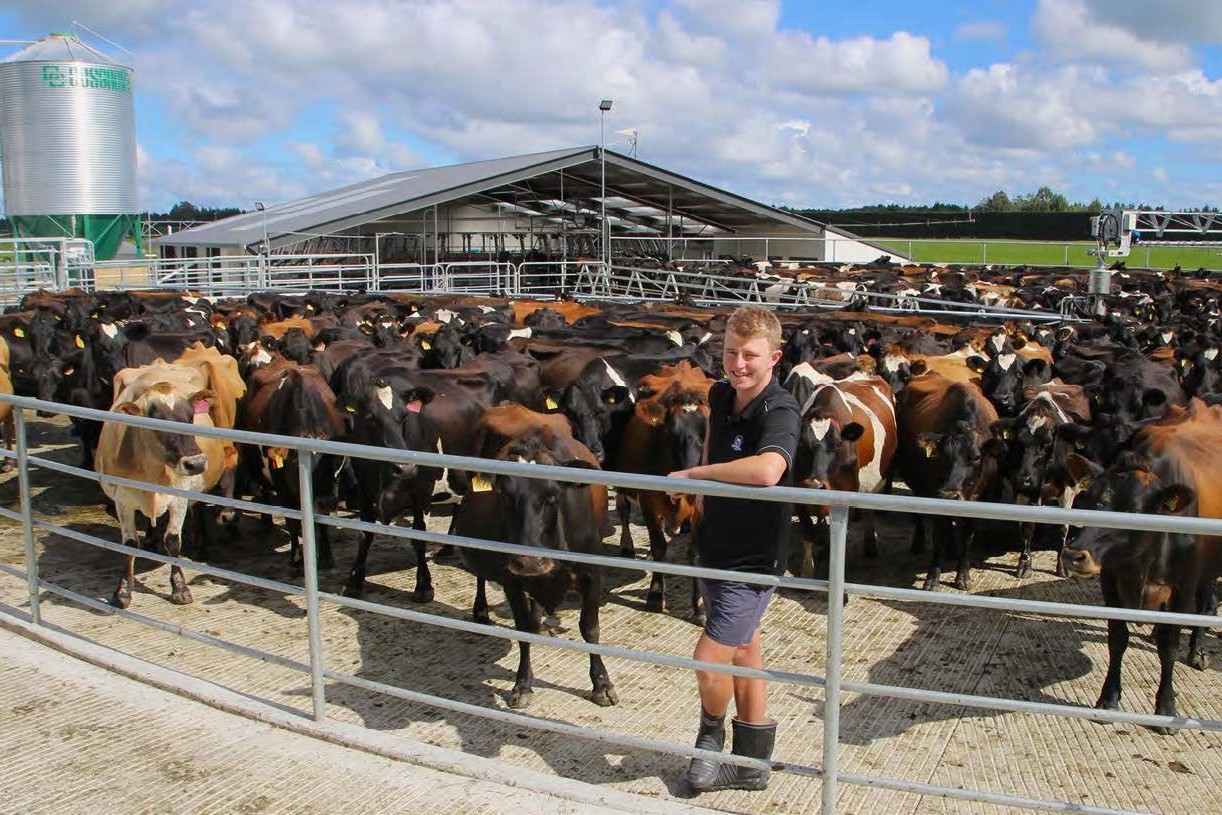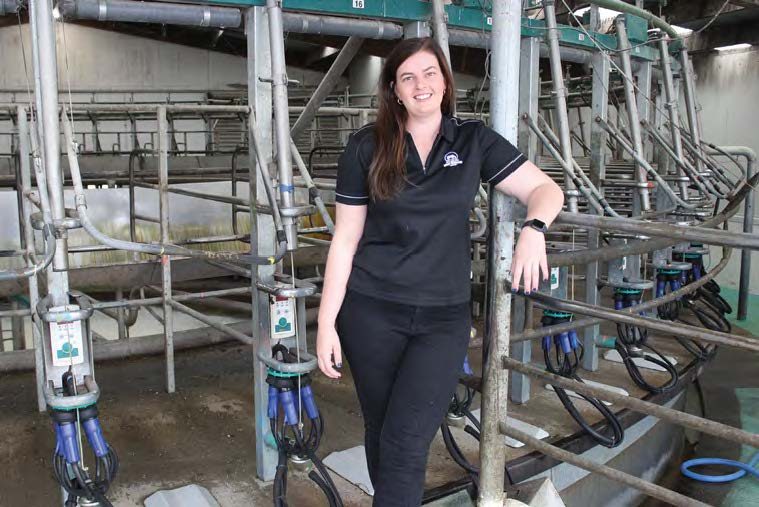Lisa Whitfield
Since 2016, farm manager at Massey No. 1 Dairy Farm, Jolanda Amoore, and myself have worked closely on developing an in-depth and practical understanding of the mastitis pathogens on the farm.
The farm milks 260 cows, once-a-day throughout the season. The herd is an even split of Jersey, Kiwicross and Friesian breeds.
We started out in 2016 with a few milk samples to investigate what was causing mastitis in the herd despite its low cell count, and this has developed into a broader aim focused on developing a practical way to managing mastitis on the farm while targeting justifiable antibiotic use.
Cows with chronic Staphylococcus aureus infections were identified and gradually managed out of the herd through strategically applied culling or they were made into three-quarter cows. Monthly herd testing allows the rapid identification of new S. aureus infections, so cows have a much greater chance of successful cure when treated during lactation now.
We have also been able to identify mild clinical cases of E.coli mastitis and avoid treating these with antibiotics, using only non-steroidal anti-inflammatories to reduce inflammation in the udder. In most cases the cows’ immune system will take care of the bacterial infection itself.
Using selective dry cow therapy at the end of the season based on herd test results has been an easy way for the farmers to reduce dry cow therapy levels. However, we wanted to push justified use further, and so used the last few seasons to try different practical approaches to drying off.
After using a number of approaches, we now combine RMT, SCC history, mastitis history and milk culture information to decide which quarters in which cows receive dry cow therapy.
Regular milk sampling and cultures have allowed the farm to achieve a dramatic reduction in the amount of dry cow therapy used – 95% less dry cow antibiotics were used at the end of last season compared to when the farm last used whole herd dry cow therapy seven seasons ago. Two seasons ago, only 11 quarters were treated with dry cow antibiotics from about 880 quarters dried off (1-2% of quarters). In conjunction with this, the seasonal average bulk tank somatic cell count has lowered and sits around 100,000 cells/ml from season to season.
 As a veterinarian, one of the biggest barriers I have found for farmers getting milk sampling performed on a larger scale has been the cost per sample, with dry cow being substantially cheaper than the cost of a culture in most cases.
As a veterinarian, one of the biggest barriers I have found for farmers getting milk sampling performed on a larger scale has been the cost per sample, with dry cow being substantially cheaper than the cost of a culture in most cases.
Massey No. 1 Dairy Farm now uses a simple, low-cost onfarm culture method which allows a cow to have any or all of her quarters sampled for less than the cost of treating her with dry cow antibiotics.
For us, a key factor in mastitis management is paying attention to detail every day, to manage cows in a way which reduces their risk of developing clinical or subclinical udder infections.
Critical control points which we prioritise for mastitis management every day include:
- Thorough teat spray application every day during the milking season – all parts of the teat in contact with the liners, using the highest concentration with emollient added year-round
- Avoiding overmilking cows – cups off as soon as possible after cows are milked out
- Responding rapidly to fluctuations in bulk tank SCC – stripping the herd when the bulk tank jumps up at all
- Monitoring cow health and behaviour closely – know the cows, their order in the herd and shed
- Finally, at the end of the season we make sure every cow has an internal teat sealants applied to all her quarters to prevent her from getting new infections over the dry period. Heifers also receive internal teat sealants three or four weeks before the planned start of calving.
Antibiotic usage will continue to be scrutinised by international markets – it is up to us to find ways that work for our system, to ensure that we continue to have freedom of choice when it comes to being responsible food producers.
- Lisa Whitfield is a consulting production animal veterinarian.





